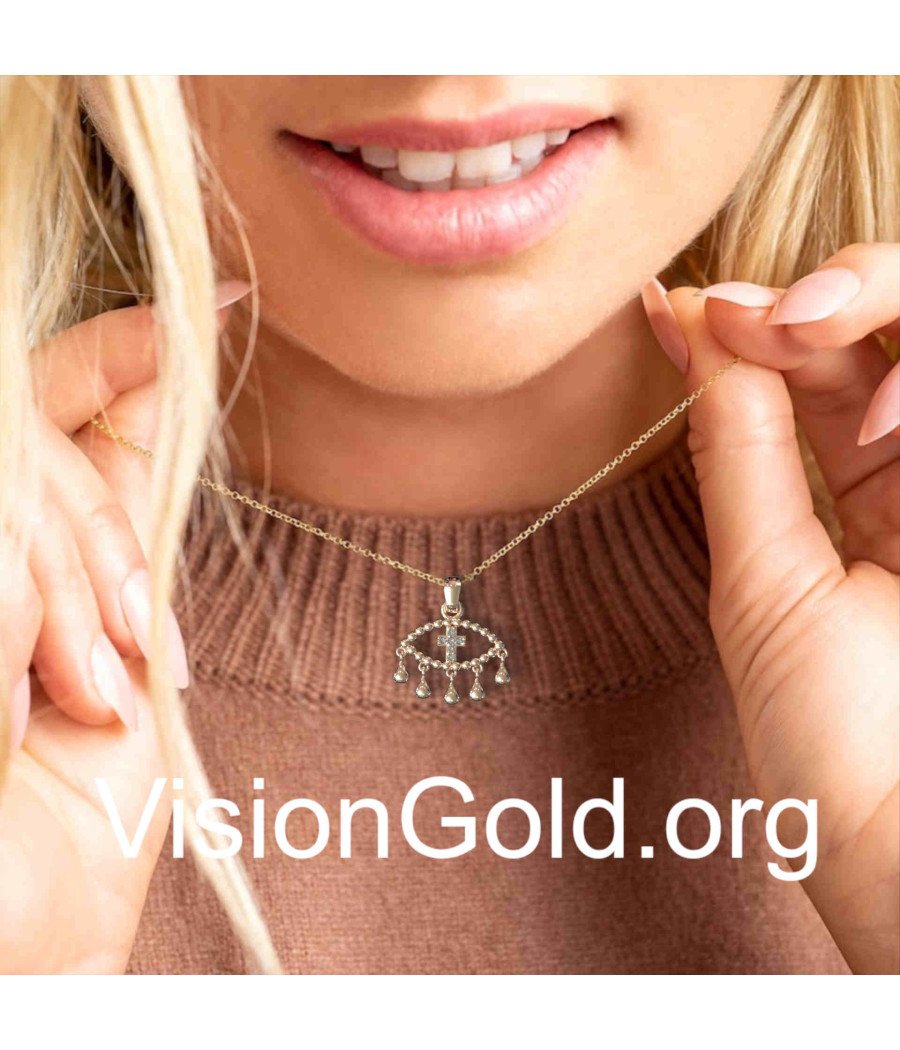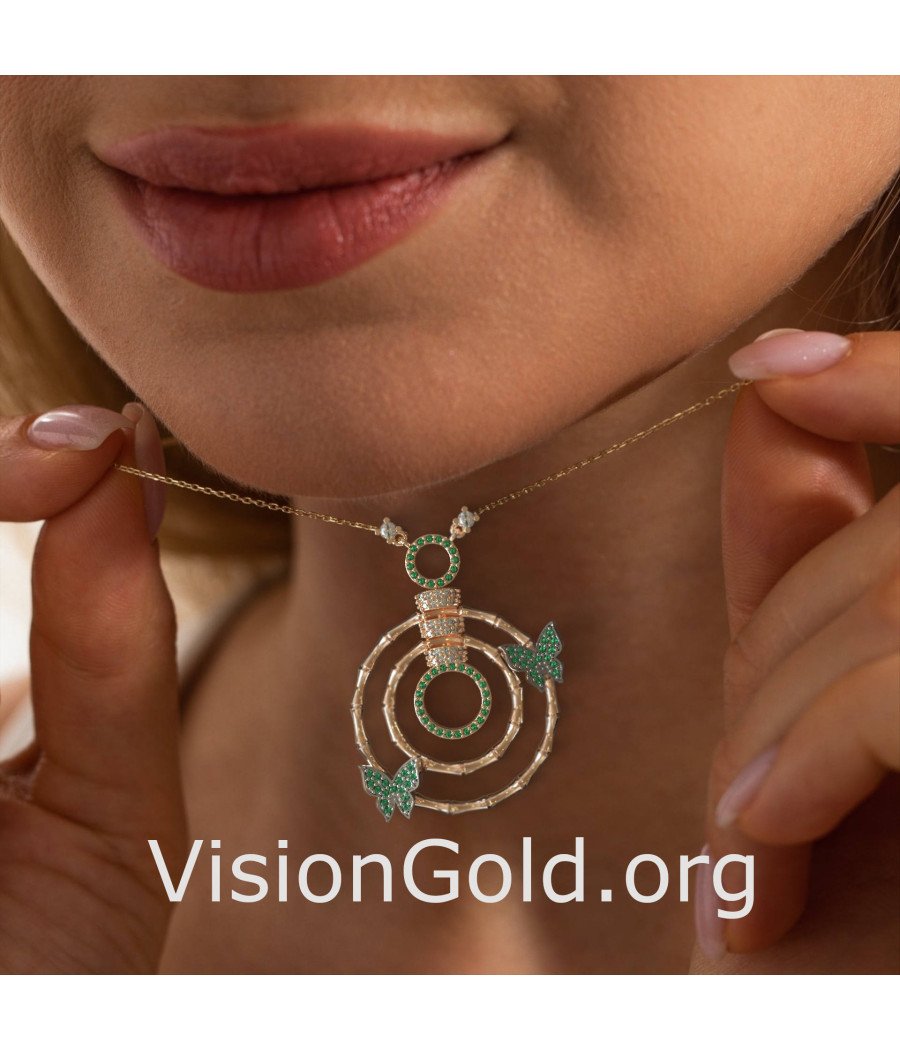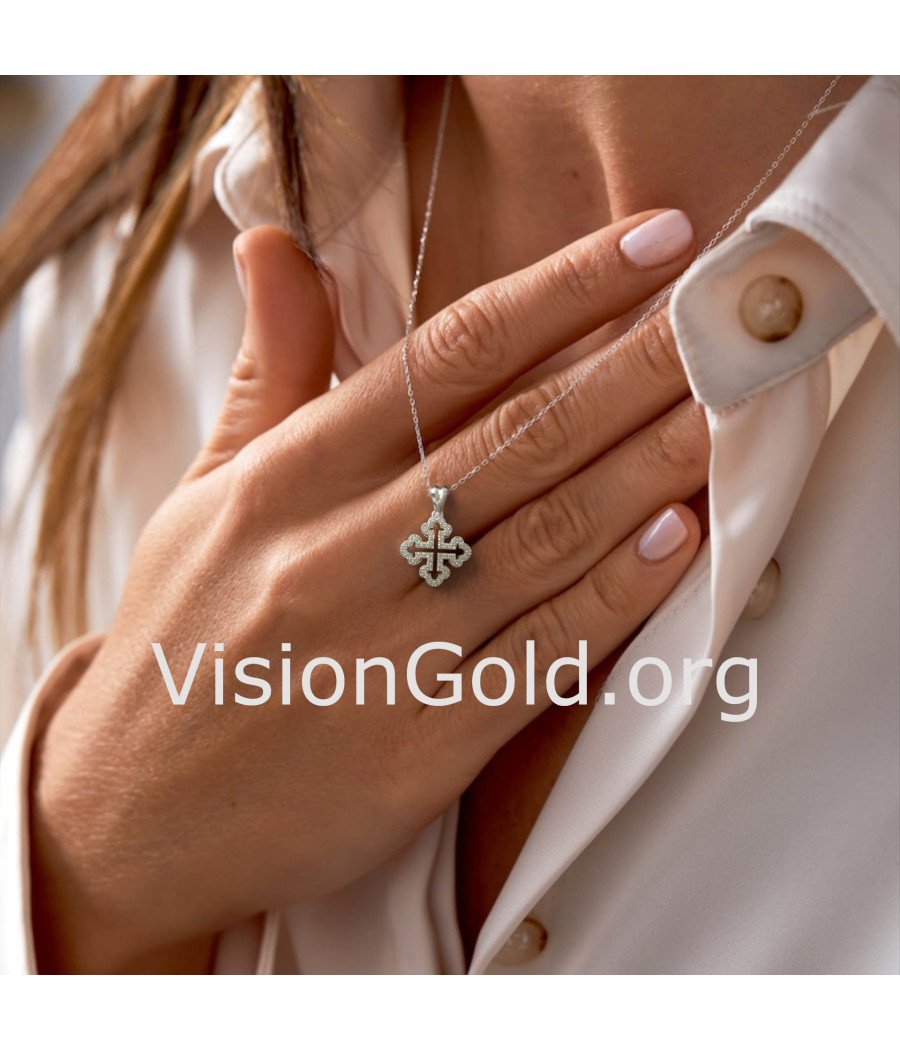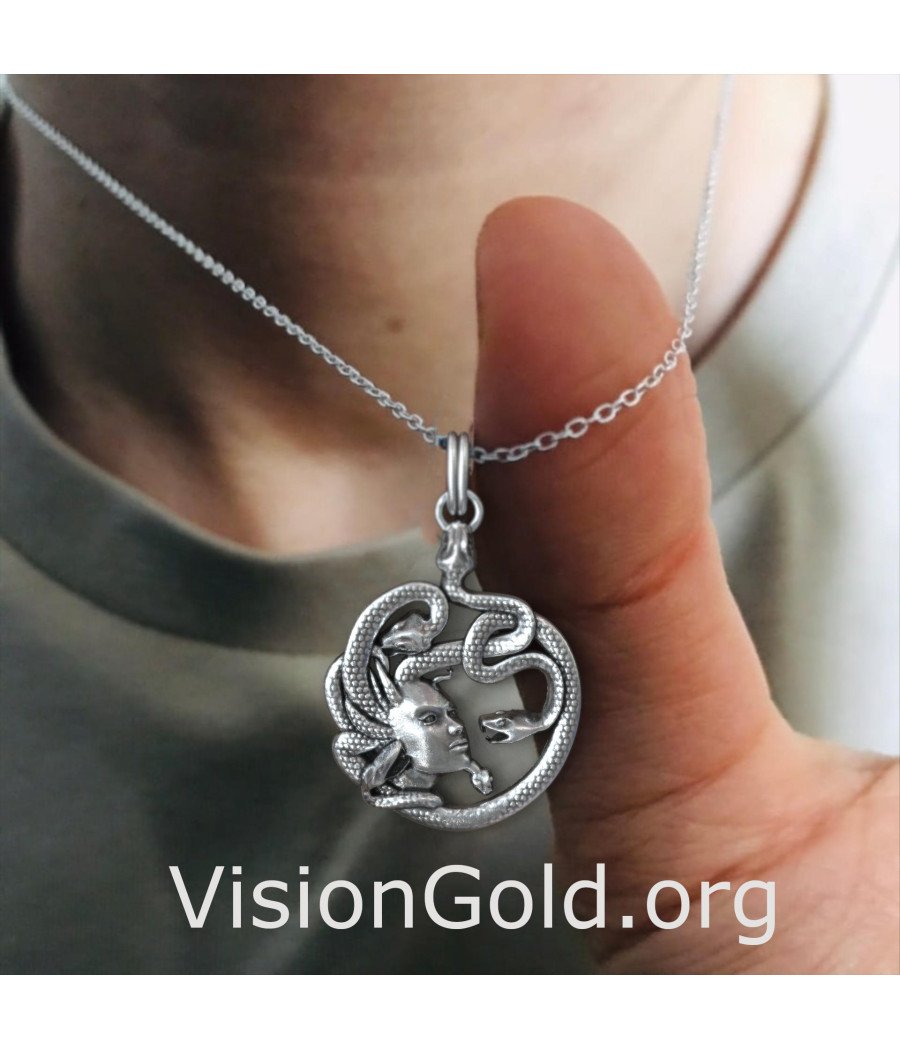Historical past of Necklaces and Pendants
Historical past of Necklaces and Pendants
Blog Article

A necklace is a kind of jewelry worn suspended throughout the neck. It can be mostly manufactured in versatile forms for instance a chain, to be a string of beads, pearls, gemstones, or other normal resources, or fabricated from a more rigid band of steel embellished with gemstones, pearls, beads, or other methods such as engraving, filigree, repoussé, granulation, for example. Lengths of necklaces change, and precise varieties associated with extremes in duration vary from a brief choker or Pet collar necklace that fits suitable throughout the main part of the neck to a longer neck chain or string of beads identified as a sautoir, at times worn hanging all the way down to or past the midsection.
Symbolic Meanings
As with other items of jewellery, the necklace continues to be a very important web site of decoration for the human body but additionally of conversation for the individual. As valued materials lifestyle, necklaces communicate wealth, electric power, affiliation, prestige, levels of assets and talent, and components of identification and posture. The durability of jewelry like necklaces crafted from metallic, glass beads, or gemstones offers a chance to understand and have an understanding of the technological innovation, cultural tactics, artistry, and aesthetics of other cultures and distant time intervals.
Early Necklaces
An easy necklace comprised of a string of nearby organic and natural elements such as shells, teeth, or bone beads has become the varieties of jewellery adopted by early cultures around the world. Much more valuable components from farther away have been also valued for early necklaces, usually in the form of beads, for example People of Mediterranean purple coral present in a Neolithic burial while in the Alps (circa 4200-3400 B.C.E.). Other early forms of necklace involved the torc or torque, an historical Celtic neckpiece fabricated from twisted steel, and also the lunula, a flat, crescent-shaped and engraved variation in the torc located in Bronze Age Eire and Scotland (circa 1800-1500 B.C.E.).
Design and Traits
medieval jewelry
Necklaces were being manufactured to display ideal decorative and stylistic capabilities by means of each time period and from location to region. Every single period also has some influence on those adhering to, and revivals of styles, including classical Greek and Roman necklaces or Egyptian beadwork collars, are commonplace. Throughout the Middle Ages, jewellery turned a far more integral component of gown, and necklaces replaced brooches as the principal method of jewellery inside the late Gothic and early Renaissance intervals. Necklaces established with gemstones and major gold chain necklaces with pendants had been in type for a difference of prosperity and social status from your fourteenth and fifteenth hundreds of years from the sixteenth and early seventeenth generations.
Traits for wearing necklaces have for the most part followed the type of necklines in European and American trendy gown. Quite simply, as necklines ended up reduced, additional, and more elaborate, necklaces were noticed. But this does not automatically signify that necklaces weren't worn when necklines have been substantial. By way of example, a carcanet can be a style of extensive, bejeweled or enameled gold url necklace that resembles a collar. It had been worn by Guys as a status image from the fifteenth by seventeenth hundreds of years, encircling the base of the neck around a person's doublet and under the elaborate lace ruff, or worn with gold chains wrapped around the neck, or hanging around the shoulders down the entrance of bodices and doublets.
A Matched Set
Victorian jewellery
The necklace was a central piece inside the eighteenth-century parure or matching set of jewellery for a woman, which also included brooch, earrings, bracelets, and also a pendant or tiara. The necklace was meant to be worn as evening have on that has a lowered décolletage bodice, though better necklines of daywear incorporated the brooch or the pendant as a substitute. This concept of the matching set lasted throughout the early twentieth century till costume became additional informal and when very affordable but nevertheless interesting costume jewelry grew to become widely readily available. New supplies for instance plastic and new technologies connected with mass production and mass media have drastically expanded the social repertoire. Necklaces in the late twentieth century have been styled to abide by each vogue and popular society trends, but in addition to fulfill various wants for Gals's costume based once in a while, flavor, or desire, and amounts of fashionability and affordability.
Materials
Particular resources have very long held reign for necklaces through the Western history of dress, which includes gold, diamonds, and pearls. The diamond necklace is one of the costliest symbols of wealth, glamour, and prestige all through background. Pearls have been the material of choice for Roman Ladies, and revivals of Classical time period specifics observed in Renaissance or early-eighteenth-century neoclassical gown have incorporated strings of pearls. The pearl was also beloved by Elizabeth I inside the sixteenth century, sparking a pattern for extensive pearl necklaces draped and pinned around elaborate stomachers. During the mid-twentieth century, the shorter strand of pearls turned a common present for young American and British Ladies on their own sixteenth birthday, and it continues to be a well-liked choice for Ladies's professional and business costume ensembles and bridal costume. The development of imitation and synthetic diamonds and cultured pearls equalizes to a point the principle of preciousness in jewelry and makes the glimpse of those prestigious supplies accessible to a large and diverse viewers right now.
Not Only for Girls
guy carrying necklace
Both equally Guys and girls through Western background wore necklaces right until the eighteenth century, once they turned mostly a feminine purview. However, American well known culture influences like the 1960s hippie "enjoy beads" and also the seventies disco dance fad created it more trendy for European and American Adult males to dress in necklaces as Element of well-known vogue. These consist of gold chains, some strung with amulets or charms similar to the gold Italian horn or a gold cross. This pattern grew to become pretty well known from the late twentieth-century hip hop music scene, when ostentatious platinum and gold chains hung with diamond-encrusted pendants MEN'S NECKLACES displayed, as conspicuous usage, the recently obtained prosperity for African American Adult males. Necklaces for men in specific occupations never ever went out of favor, and better ranks of clergy, such as Roman Catholic or Anglican bishops and cardinals have, since the Renaissance, ongoing to don elaborate and expensive neck chains with substantial hanging pectoral crosses or crucifixes as part of their ecclesiastical regalia.
Mainstream Use
Within the broad model class of ethnic jewelry, necklaces have now transcended their authentic or common use by ethnic teams around the world and therefore are collected and worn by European Americans of equally genders as vogue or adornment regardless of, or even perhaps in reference to, their primary indigenous features or meanings. Having said that, throughout background, the necklace as indigenous tribal or non-Western ethnic jewelry continues to be and continues for being a major expression of every one of the takes advantage of and meanings of jewellery outlined In this particular volume. In many cultures, the necklace has taken priority above other forms of jewellery as The main piece for adornment and communication in expressing id or placement. Additionally, ethnic necklaces made from cherished components like gold and silver, or cherished natural materials like coral are usually the repositories of a woman's or relatives's wealth. One example is, in many nomadic cultures all over the world, particularly in Central Asia, North Africa, and through the Middle East, heavy silver necklaces, Most likely like costly NECKLACE FOR MEN features for example amber or coral beads and incorporating silver coins, are transportable "financial savings accounts" or sorts of wealth and currency that could be converted to revenue when essential. The heavy silver collar-form necklaces from the Hmong and Hmong-American ethnic team, at first from Southeast Asia and now predominantly living in The usa as political refugees, might include things like a huge selection of silver cash and several other pounds of silver steel. These necklaces provide a primary operate of exhibiting the family's monetary wealth when worn by younger Women of all ages in courting rituals at Hmong New Year's celebrations. Gold necklaces, amid other merchandise of jewelry including bangles or earrings, are ordered by women in Asia and India, as an example, as their profits warrants. These are put aside for potential desires as investment and financial savings and brought out for Show at weddings, As an illustration, specially when worn via the daughter of your family as being a bride. In many situations, gold or silver jewelry is the only form of wealth that a lady could have entry to. In Yet another instance, costly Italian coral beads are collected and built into necklaces by ethnic teams in West Africa, like the Kalabari Ijo inside the Niger River delta. Worn by the two Guys and women at ceremonial capabilities, these necklaces are very important markers of identification but additionally a significant auto for exhibiting loved ones wealth and Status.
Pendants
A pendant is surely an ornament that's suspended from another bit of jewelry like a necklace, neck chain, ribbon, brooch, bracelet, or earring. Pendants get many sorts like big gems or pearls, cameos, crosses, lockets, amulets, or watches. Amulets as pendants have been most important as one of many to start with kinds of prehistoric jewellery. As pendants, amulets retain an unparalleled recognition during the early twenty-initially century as good luck charms, as talismans, and as defense in the evil eye or any amount of other perceived disasters or supernatural forces. Pendants are often designed to become removable so they could be utilized on unique necklaces, or made by using a pin-again so they might also be worn for a brooch.
Spiritual Symbolism
Cross necklaces
The cross or cruciform shape is a vital style of pendant in spiritual and amuletic categories of jewelry that's been worn due to the fact the event of early Christianity. It could carry ornamental, protective, and devotional or religious meanings. Donning a cross can visually signify anyone's spiritual affiliation, and different shapes of crosses can symbolize various branches or subcults of Christianity. A crucifix can be a style of cross demonstrating Christ's crucified body, worn predominantly these days by religious clergy. Crosses have already been made out of several cherished and nonprecious products to accommodate a variety of styles, preferences, and financial standings. Crosses in the Middle Ages and Renaissance have been manufactured as reliquary pendants to hold what was believed to be a relic of the true crucifix. In contemporary Western Christianity, compact gold crosses on a series are very important presents for a child's christening or to start with communion. Crosses have also been worn as charms or amulets to push back evil or to safeguard the wearer from ailment. Such as, compact gold crosses built with coral beads are worn in southern Italy currently being an amulet that combines the amuletic security of pink coral from the evil eye With all the symbolism of Christianity. This cross is seen as much more socially appropriate than putting on the crimson or gold horn amulet known as a corno. Within the late twentieth century the cross continues to be appropriated as being a stylish sub- or well known tradition motif worn without the need of religious overtones or with a way of defiance against its common symbolism. Other kinds of personal pendants That may be worn to signify spiritual affiliation contain the Roman Catholic saints' medals, the Jewish Star of David, the Islamic Hand of Fatima, the Hindu Om mantra image, or the phylactery or amulet scenario worn in Jewish, Islamic, and Tibetan Buddhist religions. This last illustration is a small decorated steel box enclosing a prayer or scripture passage penned on paper.
Lockets
A locket is a small pendant in the shape of a flat, spherical, or oval situation that has a hinged include, worn commonly on a neck chain or suspended from a necklace of various types. It is actually worn as being a sentimental piece, meant to hold a memento like a lock of hair, a photograph, or, ahead of the creation of photography, a miniature portrait painted on ivory. They may be comprised of numerous metals and with varied approaches, often set with gemstones and engraved or enameled. Early lockets have been worn as devotional or reliquary jewelry, designed in the center Ages and renaissance to carry a saint's relic. During the sixteenth century, monarchs like Elizabeth I often presented gifts of lockets holding their portrait to favored courtiers. A single popular illustration of a commemorative style of locket is Elizabeth's "Armada Jewel" (circa 1588) which has a Forged gold and enameled profile portrait of her on the entrance and an enameled depiction MEN'S NECKLACES of Noah's Ark over the again, made to rejoice England's victory around the Spanish Armada. Lockets were being very popular in the eighteenth and nineteenth centuries, which ongoing to the twentieth soon after pictures was produced. Nineteenth-century Victorian lockets had been an essential betrothal gift or sentimental reward of non-public devotion. Lockets ended up routinely built as watchcases for men and worn suspended with a check out chain or fob.